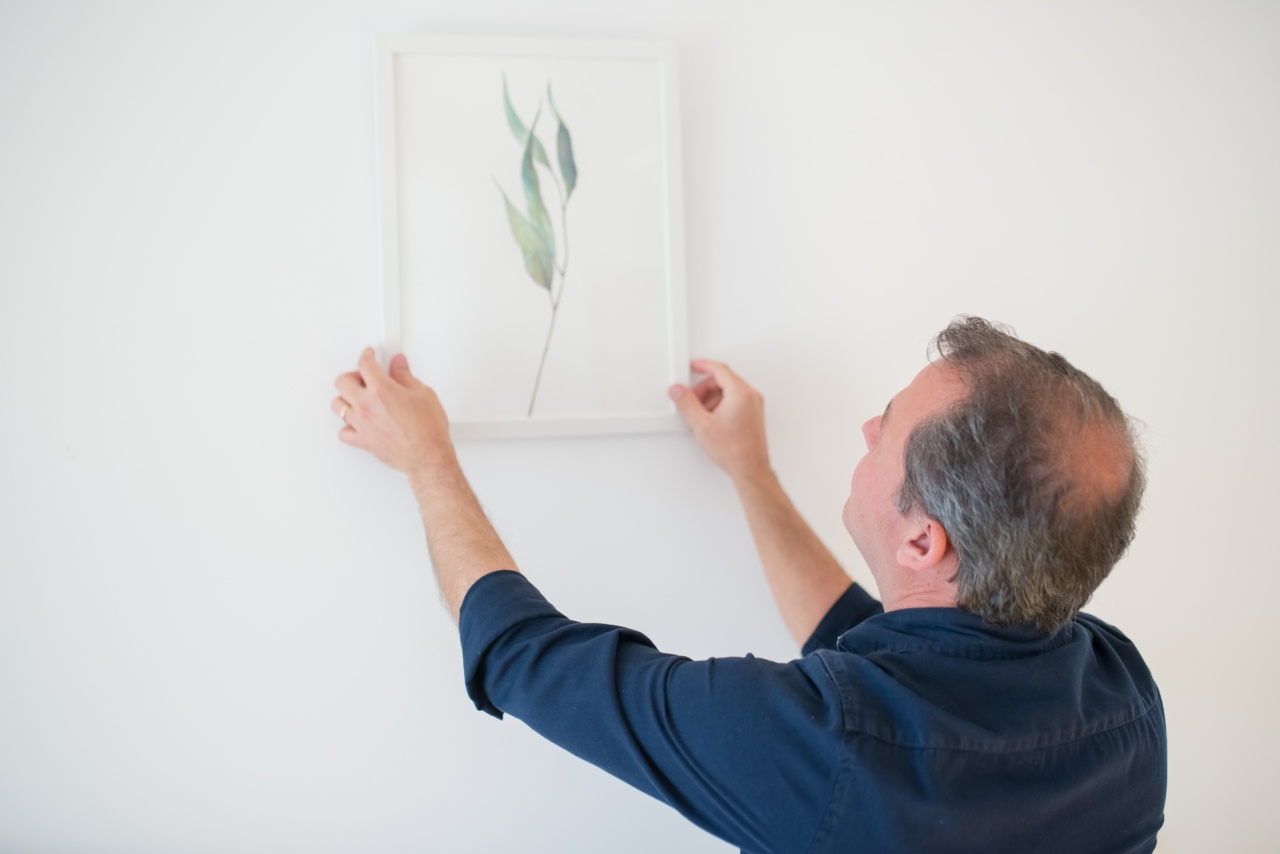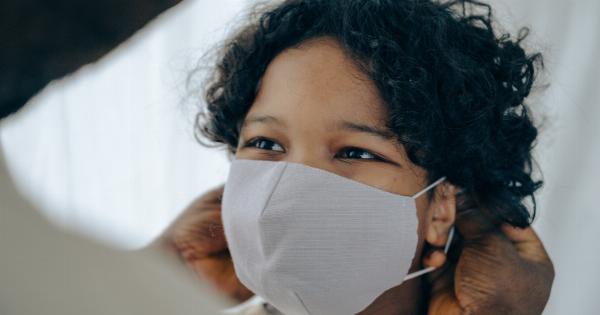Bile, a digestive juice produced by the liver, helps in the digestion and absorption of fats and fat-soluble vitamins in the small intestine. Bile is stored in the gallbladder and released into the small intestine when needed.
However, sometimes the bile flow is impaired or disrupted, leading to the accumulation of bile in the body. In such cases, bile removal becomes necessary to prevent complications and manage symptoms.
1. Gallstones
Gallstones are the most common reason for bile removal. Gallstones are solid deposits of cholesterol, bile salts, and bilirubin that form in the gallbladder or bile ducts.
The presence of gallstones can cause pain, inflammation, infection, and even obstruction of the bile ducts. Bile removal is necessary to remove the gallstones and prevent further complications.
2. Gallbladder Disease
Gallbladder disease refers to any condition that affects the gallbladder, such as inflammation, infection, or cancer. The gallbladder may need to be removed surgically, a procedure called cholecystectomy, to treat the disease.
After the gallbladder is removed, bile flows directly from the liver to the small intestine, and bile removal is not necessary.
3. Bile Duct Obstruction
Bile duct obstruction can occur due to various reasons, such as tumors, inflammation, scarring, or gallstones. When the bile duct is blocked, bile backs up into the liver, causing jaundice, itching, and abdominal pain.
Bile removal is necessary to relieve the obstruction and prevent liver damage.
4. Bile Reflux
Bile reflux happens when the bile backs up from the small intestine to the stomach, esophagus, and even the lungs. Bile reflux can cause heartburn, nausea, vomiting, and respiratory problems.
Bile removal may be necessary to reduce the reflux and manage the symptoms.
5. Cholangitis
Cholangitis is an infection of the bile ducts that can occur when the bile flow is disrupted or obstructed. Cholangitis can cause fever, chills, abdominal pain, and jaundice. Bile removal is necessary to treat the infection and prevent complications.
6. Biliary Pancreatitis
Biliary pancreatitis is a condition in which the pancreas is inflamed due to the blockage or dysfunction of the pancreatic duct or bile duct. Biliary pancreatitis can cause severe abdominal pain, nausea, vomiting, and fever.
Bile removal may be necessary to relieve the obstruction and prevent recurrent episodes of pancreatitis.
7. Bile Salt Malabsorption
Bile salt malabsorption is a condition in which the intestines cannot absorb the bile properly, leading to diarrhea, abdominal pain, and malnutrition. Bile removal may be necessary to reduce the bile salt levels in the body and manage the symptoms.
8. Liver Transplant
Liver transplant is a surgical procedure in which a diseased or damaged liver is replaced with a healthy liver from a donor. After the transplant, bile removal may be necessary to prevent complications such as bile leakage or bile duct obstruction.
9. Side Effects of Medications
Some medications can affect the bile flow and cause bile accumulation or obstruction. For example, opioid pain killers can slow down the digestive system and cause constipation, which can lead to gallstones and biliary obstruction.
In some cases, bile removal may be necessary to manage the side effects of medications.
10. Other Rare Conditions
There are other rare conditions that may require bile removal, such as bile acid synthesis defects, hepatic porphyria, and primary biliary cirrhosis.
These conditions affect the liver’s ability to produce or metabolize bile properly, leading to various symptoms and complications. Bile removal may be necessary to manage these conditions and improve the patient’s quality of life.




























